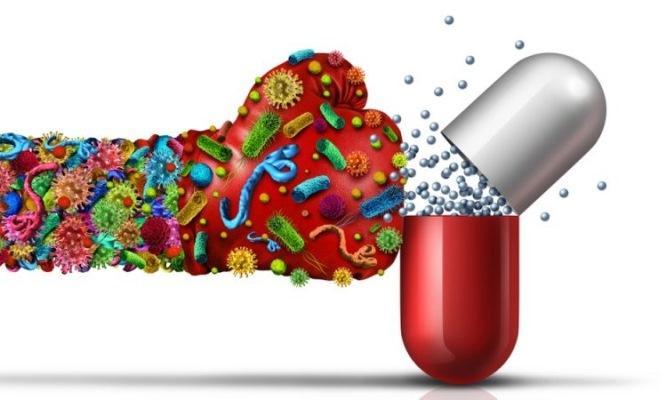Spain dentists, citing studies proving that most antibiotics prescribed are unfounded, said clinicians should learn more about antibiotic resistance.

The situation could change slightly if even 10% of the dentists who prescribe antibiotics worldwide change their priorities in how they prescribe and use these drugs. The authors believe that if action is not taken immediately and the problem of irrational use of antibiotics is not solved, then by 2050 antibiotic resistance will kill 10 million people worldwide.
“If the situation does not change, a post-antibiotic era will begin to approach us, when common infections and minor injuries can again become fatal, as they were before the discovery,” write the authors, led by Dr. Ángel-Orion Salgado Peralvo from the Complutense University of Madrid (Spain).
The role of dentists around the world should be commended for their work in preventing and treating dental infections and for not contributing to the growing threat of antibiotic resistance.
In recent years, dentists have been writing fewer prescriptions for antibiotics. COVID-19 may have hindered the inappropriate empirical use of antibiotics and telemedicine. The authors write that during the pandemic, 18% more antibiotics were prescribed in dental clinics in May 2020 compared to May 2019.
These statistics are complemented by a recent study reporting that some common bacterial pathogens in odontogenic infections are resistant to common antibiotics. Several species of Streptococcus (36%) and Staphylococcus (12%) were resistant to penicillin and aminopenicillin in 6.9% and 5.8% of strains, respectively. In addition, more than 17% of microorganisms showed resistance to clindamycin and macrolides.
Clinicians should therefore be familiar with the following levels of antibiotic resistance prevention in dentistry:
- Prescribing antibiotics only based on the recommendations of the scientific community of clinical practice, and educating patients on how to properly use antibiotics and the dangers of misuse.
- Detection of antibiotic resistance and reporting of resistant infections to the drug safety organization .
- Culture and analyze antibiograms for infections and determine microbial susceptibility to different types of antimicrobials.
Resistance is a major public health problem that leads to longer stays in the hospital, higher medical costs and increased mortality; therefore, dentists must do their part to combat it, they write.
“Therefore, the first priority is to urgently change the way ATBs (antibiotics) are prescribed and used, because even if new ATBs are developed, resistance will continue to be a serious threat,” write Peralvo et al.
